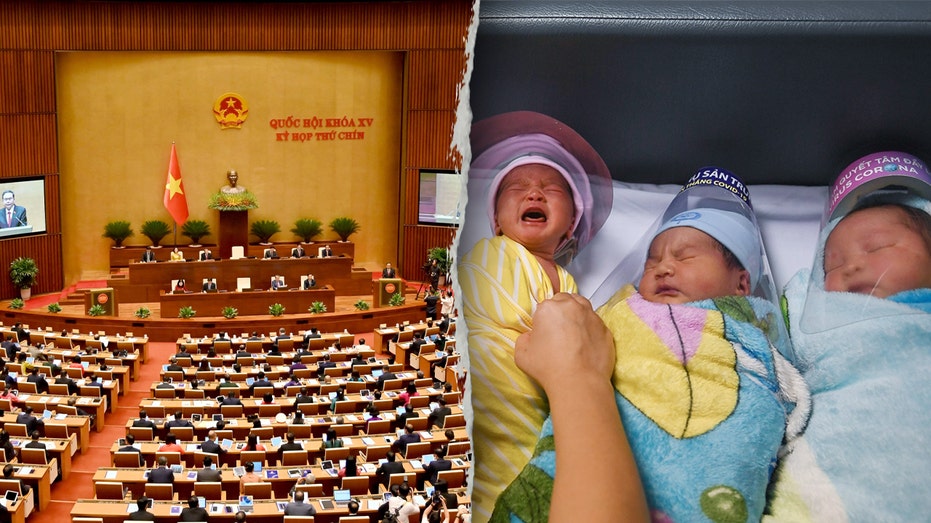Communist Nation Abandons Decades-Old 2-Child Policy Amid Sharp Decline in Birth Rates
Vietnam's National Assembly abolishes the two-child policy amid declining birth rates and a gender imbalance of 111 boys to 100 girls in 2024.

Vietnam has officially ended its decades-long two-child policy, marking a significant shift in the nation’s approach to population management as it faces a rapidly aging society and declining birth rates. The National Assembly approved a new amendment that removes the restriction on family size, a move authorities hope will encourage more young families to have children and help sustain the country’s future economic growth.
The two-child policy was originally introduced in the 1960s in Northern Vietnam, aimed at preventing overpopulation during a period of national hardship. After the country's reunification, the policy expanded nationwide, eventually becoming formalized in 1993. Initially, this strategy was credited with helping to stabilize Vietnam's population growth and usher in what government officials called the country’s “golden population.”
However, recent years have seen a different demographic challenge emerge. State media reports that Vietnam’s birth rate has declined to just 1.91 children per woman in 2024, well below the replacement level of 2.1. This trend is especially pronounced in urban centers such as Hanoi and Ho Chi Minh City, where higher living costs make raising large families more difficult. As a result, the percentage of Vietnamese citizens under the age of 15 has dropped dramatically—from 43% to less than 25% of the total population—while those aged 15 to 64 now make up 69%.
Vietnam's population currently stands at more than 101 million people, making it the 16th-most populous nation globally and the third-largest in Southeast Asia. But with the “golden population” era expected to end around 2040, experts warn that the country could soon face a shortage of working-age adults needed to support an increasing number of elderly citizens.
Another mounting concern is the growing gender imbalance. The Ministry of Health highlighted that gender-selective births have contributed to a widening gap, with 111 boys born for every 100 girls in 2024 compared to 103 boys per 100 girls in 2006. To address this, authorities are proposing to raise penalties for gender-selective practices from 30 million to 100 million Vietnamese dong, equivalent to roughly $1,150 to $4,000.
The recent policy change draws parallels to neighboring China, which imposed its own one-child policy in 1979 amid fear of overpopulation, only to reverse course decades later as birth rates declined and the population aged. Despite loosening restrictions to allow second and then third children, China has struggled to boost its birthrate—a scenario Vietnam is hoping to avoid through its latest reforms.
Officials and demographers will be closely watching whether lifting family size limits can reverse the downward trend in births, secure workforce sustainability, and address the social impacts of changing population structures in Vietnam.




